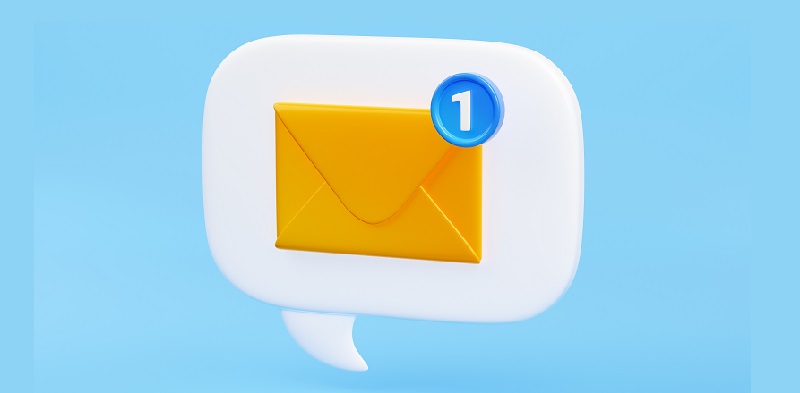Communication plays a vital role in our personal and professional lives, and in today’s digital age, email has become an essential medium for exchanging information. However, the ease of email communication has led to a disregard for basic manners and a decline in its effectiveness. In this article, we will explore the importance of treating email as a valuable form of communication, address the blame on email for the forgetfulness of basic manners, discuss the significance of using basic courtesies, share an example scenario, examine the preferred types of emails to receive, emphasize the importance of properly including team members, highlight the ease of reading concise emails, shed light on the negative impact of emoticons, celebrate our victory against artificial intelligence (AI), and advocate for face-to-face communication and collaboration outside of email.
The Importance of Treating Email as Important
In today’s fast-paced world, email has become a primary means of communication in both personal and professional settings. Consequently, it is crucial that we treat email with the importance it deserves. By recognizing its value, we can become more mindful of our email habits and strive to make our messages more effective and engaging.
The Blame on Email for Forgetfulness of Basic Manners
As email became the dominant mode of communication, we unknowingly allowed it to erode the basic manners and etiquette that were once second nature to us. The ease of sending emails contributed to this decline, as it removed the need for immediate face-to-face interaction, leading to a detachment from common courtesy and respect.
The ease of responding to emails with basic courtesies is evident in expressing gratitude, acknowledging others’ accomplishments, and showing genuine interest in our recipients. Through simple phrases like “Hope you’re well, and thanks for the heads-up,” we can make a difference in fostering positive relationships and maintaining a harmonious work environment.
Example Scenario: Celebrating a Team Member’s Accomplishment in an Email
Consider the impact of an email announcing a team member’s achievement. Providing specific recognition, attaching relevant materials, and showing genuine enthusiasm can go a long way in fostering camaraderie, boosting morale, and reinforcing teamwork. Let’s embrace these opportunities to acknowledge and celebrate each other’s accomplishments.
Considering the Preferred Type of Email to Receive
Reflecting upon our own experiences, we can appreciate concise, informative, and well-organized emails that respect our time and allow us to absorb the intended message effortlessly. Striving to send emails that align with these preferences demonstrates our comprehension of effective communication and encourages reciprocity from our recipients.
The Importance of CCing All Relevant Team Members
A team is meant to work together, collaborate, and share information. By thoughtfully including all relevant team members in email conversations, we not only foster transparency and ensure everyone is on the same page, but also promote a sense of unity and trust within the team. Remember, CCing is not a burden but a sign of solidarity and effective collaboration.”
The Lack of Burden in Reading Short Emails
In a world characterized by information overload, concise and to-the-point emails are a breath of fresh air. By crafting emails with brevity, we show respect for our recipients’ time and increase the chances of our messages being read, understood, and acted upon promptly.
The Negative Impact of Emoticons on Communication
Overreliance on emoticons in email communication hinders the genuine expression of our thoughts and feelings. While emoticons may have started as a means of adding emotional context to text-based communication, they often detract from the sincerity of our words and inhibit our ability to convey messages authentically and effectively.
A Victory Against the Use of Artificial Intelligence in Communication
Despite the increasing presence of artificial intelligence in our daily lives, the continued human connection found in personal, well-crafted emails stands as a triumph against the automated responses and lack of emotional nuance associated with AI. Let us treasure and celebrate the essence of human interaction in this digital age.
The Benefits of Face-to-Face Communication and Collaboration outside of Email
Sometimes, the best way to communicate and collaborate effectively is to step away from our screens. Encouraging face-to-face conversations, holding meetings, and engaging in informal discussions fosters stronger relationships, deeper understanding, and promotes a sense of unity that no amount of email communication can fully replace.
In a world overflowing with emails, it is essential to rediscover the importance of treating email as a valuable form of communication. By incorporating basic manners, paying attention to our recipients’ preferences, properly including team members, reading concise messages, and engaging in face-to-face communication, we can enhance not only the effectiveness but also the human connection inherent in our emails. Let’s make a conscious effort to restore the lost art of effective email communication and strengthen our professional relationships.

